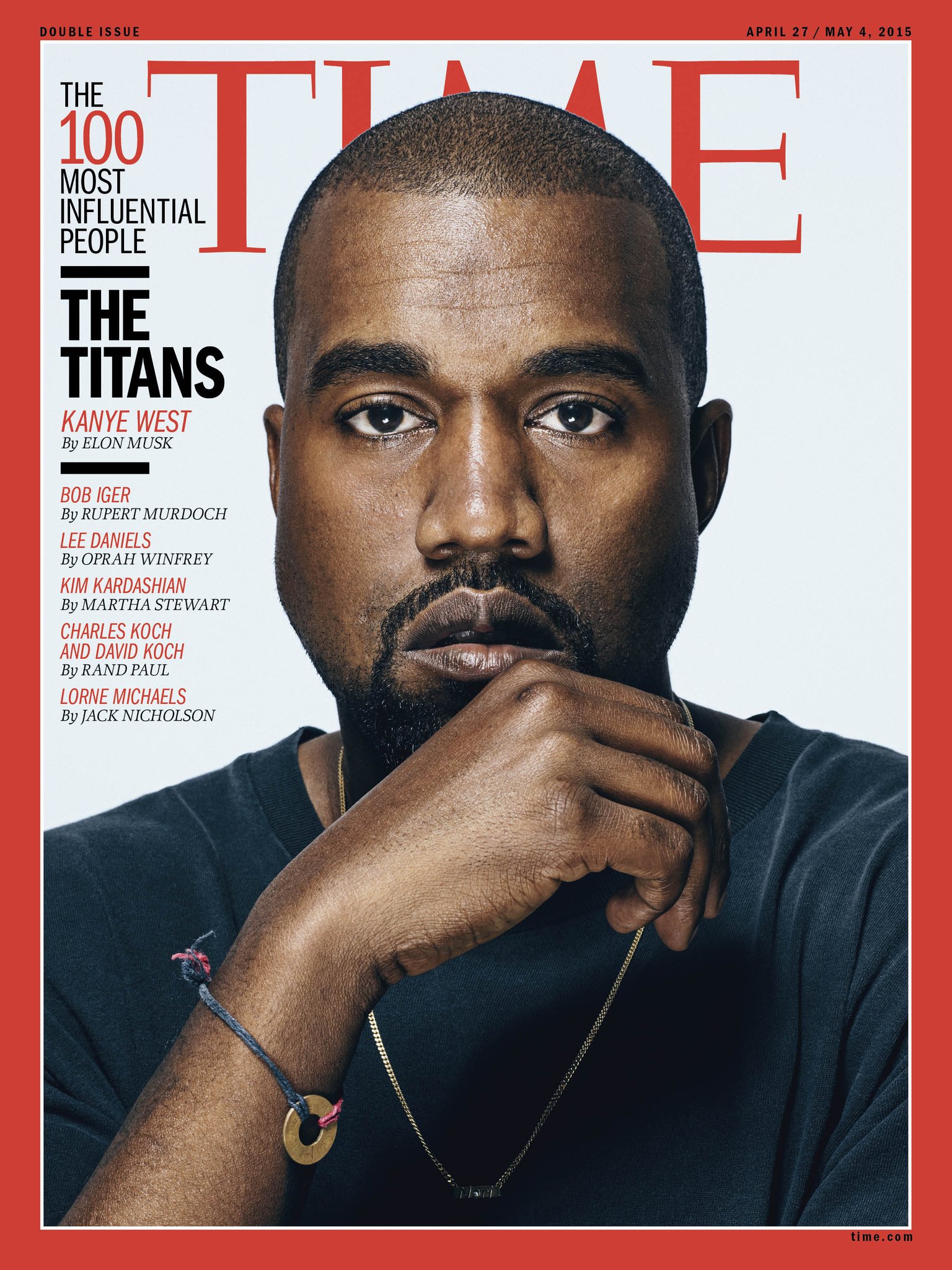California Gurls by Katy Perry ft. Snoop Dogg is an example of a concept music video. The music video extensively uses CGI to create a candy-land world.
The video begins with the whole concept for the video, built from CGI; a board game named 'Candyfornia' with the phrase "Face the Sugar Daddy's dice to free the queens of Candyfornia" set on a background of a sky full of pink clouds, reminiscent of candyfloss. On the box is also Katy Perry and Snoop Dogg. Snoop Dogg introduces the audience by controlling a board game character in the form of Katy Perry. The camera then zooms into this character and then cuts to Katy Perry dressed in a candy-themed outfit, while walking through what is presumably Candyfornia. There are computer generated gummy bears featured in the opening thirty seconds as well.
Narrative:
If I Were A Boy by Beyoncé is an example of a music video with a narrative. The music video documents a role reversal in genders within a couple.
This video, shot in black-and-white, begins with a man and Beyoncé saying a word each individually and then 'you', 'me', and 'us' is spoken together. This sets the scene and infers to the audience that there is a history between the two people. This shows that the video follows a narrative. The video then sets a scene of the two people in the relationship where their roles are reversed. Beyoncé is the man of the relationship- getting ready for work and leaving for work. On the other hand, the man is Beyoncé- making breakfast, staying at home.
Performance:
Days Are Forgotten by Kasabian is an example of a performance music video. The video is not purely performance though as nowadays this simply is not enough to keep the modern day audience interested. Use of CGI in the form of sound waves and shaping around the instruments the band use have been implemented to make the video more interesting. The video features Kasabian playing their instruments and singing. All of the instruments used are shown within the video.










































